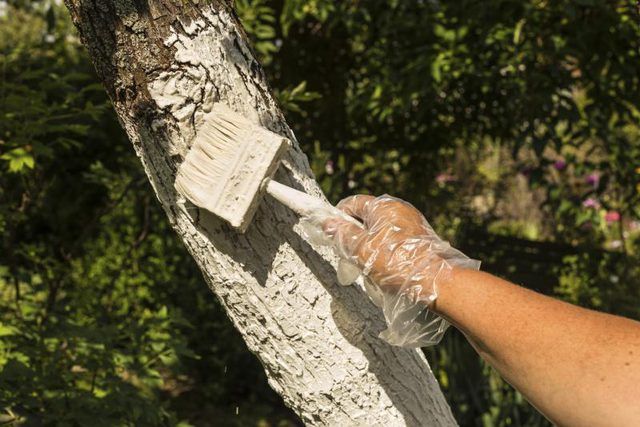Bulbs
Flower Basics
Flower Beds & Specialty Gardens
Flower Garden
Garden Furniture
Garden Gnomes
Garden Seeds
Garden Sheds
Garden Statues
Garden Tools & Supplies
Gardening Basics
Green & Organic
Groundcovers & Vines
Growing Annuals
Growing Basil
Growing Beans
Growing Berries
Growing Blueberries
Growing Cactus
Growing Corn
Growing Cotton
Growing Edibles
Growing Flowers
Growing Garlic
Growing Grapes
Growing Grass
Growing Herbs
Growing Jasmine
Growing Mint
Growing Mushrooms
Orchids
Growing Peanuts
Growing Perennials
Growing Plants
Growing Rosemary
Growing Roses
Growing Strawberries
Growing Sunflowers
Growing Thyme
Growing Tomatoes
Growing Tulips
Growing Vegetables
Herb Basics
Herb Garden
Indoor Growing
Landscaping Basics
Landscaping Patios
Landscaping Plants
Landscaping Shrubs
Landscaping Trees
Landscaping Walks & Pathways
Lawn Basics
Lawn Maintenance
Lawn Mowers
Lawn Ornaments
Lawn Planting
Lawn Tools
Outdoor Growing
Overall Landscape Planning
Pests, Weeds & Problems
Plant Basics
Rock Garden
Rose Garden
Shrubs
Soil
Specialty Gardens
Trees
Vegetable Garden
Yard Maintenance
How to Whitewash a Tree
How to Whitewash a Tree. It might seem overly fussy when you see rows of orchard trees with matching painted trunks, but whitewashing isn't a decorative process. The white paint keeps tree trunks from soaking up too much heat in the winter -- as white reflects the sun's rays -- and helps to **prevent sunscald**. This condition, like a sunburn on a...

It might seem overly fussy when you see rows of orchard trees with matching painted trunks, but whitewashing isn't a decorative process. The white paint keeps tree trunks from soaking up too much heat in the winter -- as white reflects the sun's rays -- and helps to prevent sunscald. This condition, like a sunburn on a tree trunk, can damage and even kill the wood it affects.
How Sunscald Happens
In the winter, trees go dormant in the northern parts of the country where the temperature dips below freezing. This means the tree is asleep, saving its energy and not growing at all. When strong winter sun hits one side of a tree trunk, it can warm the surface of the bark and wake up the cells in that part of the tree. This causes them to need moisture, which the rest of the tree can't supply, and the lively parts of the tree can dehydrate and die.
In warmer parts of the country, tree trunks are vulnerable to sunburn when the rays are the strongest. Whitewashing the trunk and main branches of your tree will give it a good measure of protection. In warmer climates, it's best to whitewash tree trunks in the early spring.
Materials Needed for Whitewashing
Most tree whitewashing projects aren't any more complicated than painting a decorative rock. You'll need a bucket, water, some white exterior latex paint, a stick for stirring and a paintbrush.
Preparing to Whitewash
Make a mixture of 50 percent white latex paint and 50 percent water. The exact measurements will depend on how many trees you intend to whitewash. Stir the mixture with a stick until it's combined and smooth.
Brush off the trunk to remove soil and loose pieces of bark. Clear the area around the tree, removing branches or large rocks from the area, to ensure the area is safe to walk around without tripping.
Whitewashing the Trunk
Dip the brush in the paint mixture and paint a thin coat over the trunk of the tree. Begin at the base of the tree and paint up to where the first branches grow. Stir the paint mixture frequently as you whitewash. Allow the whitewash to dry thoroughly.
Stir the paint again after the first coat is dry and add another coat. A third coat shouldn't be necessary, but if you still see bark underneath the first two, allow the second coat to dry before adding a third.
Tips and Hints
If the bark of the tree is very rough, thin the paint mixture with extra water for the first coat, to allow it to seep easily between the cracks in the bark.
Dispose of leftover whitewash responsibly, according to the instructions on the paint can.
If major tree limbs have a mainly southern exposure, whitewash them, too.